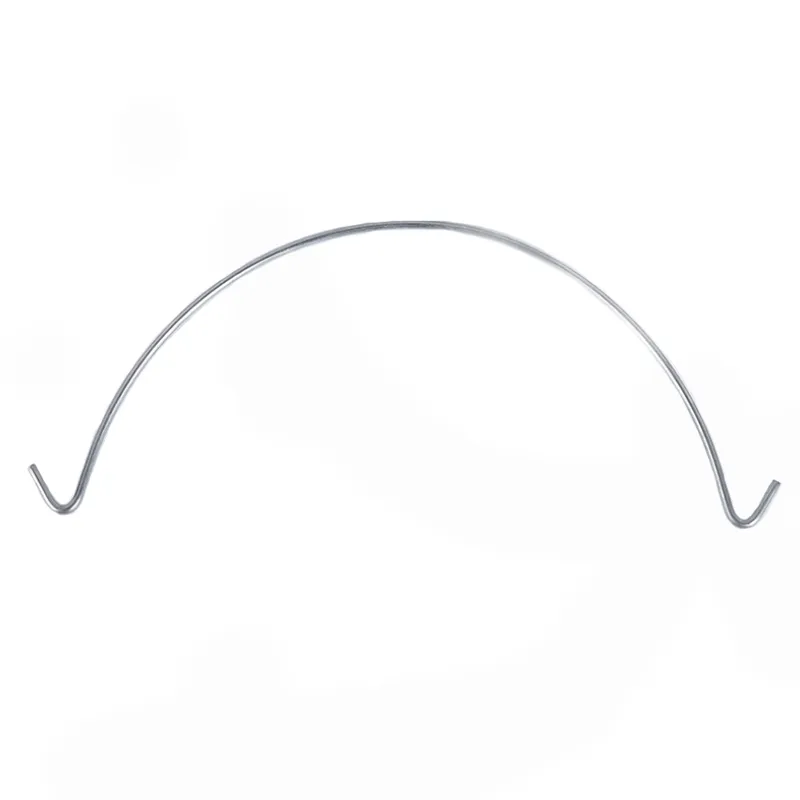-
 Phone:
Phone: -
 Email:
Email:

chain link fence price
Understanding Chain Link Fence Prices Factors and Trends
Chain link fences are a popular choice for both residential and commercial properties, providing security, durability, and visibility. However, when it comes to installing a chain link fence, understanding the price factors involved is crucial. This article aims to break down the components that contribute to chain link fence prices and offer insights into current market trends.
1. Material Cost
The primary component of the overall price of a chain link fence is the material itself. Chain link fencing is typically made from galvanized steel, which is coated in zinc to prevent rust and corrosion. The cost of steel fluctuates based on market demand and global trends, which can significantly affect the price of chain link fencing. As of 2023, prices have seen some stabilization due to supply chain improvements, but there are still periodic fluctuations that consumers should be aware of.
In addition to steel, consumers may choose from various grades and coatings. Higher-grade materials are often more expensive but can offer better longevity and resistance to the elements. Vinyl-coated options are particularly popular for enhancing aesthetics and providing additional weather resistance, although they do come at a premium.
2. Height and Gauge
Another critical factor influencing the price is the height and gauge of the fencing. Chain link fences are available in different heights, typically ranging from 3 feet to 12 feet. The taller the fence, the more material is required, which directly impacts the cost. Additionally, the gauge, or thickness of the wire, plays a significant role in pricing. A lower gauge number indicates a thicker and stronger wire, which is more expensive compared to higher gauge numbers that denote thinner wire. Therefore, when selecting a chain link fence, it's essential to consider both the height and gauge for budget planning.
While the materials will account for a significant portion of your overall cost, installation can dramatically influence the final price as well. The complexity of the installation site—such as uneven terrain, proximity to trees, or existing structures—can add to labor costs. On average, installation might account for 30-50% of the total cost of a chain link fence. Hiring professional installers can ensure that your fence is done correctly and efficiently, but it’s advisable to obtain multiple quotes and assess the qualifications of different contractors.
chain link fence price

4. Additional Features and Accessories
Consumers often opt for additional features to enhance their chain link fence, which can also impact the overall price. Gates, privacy slats, barbed wire, and customizable colors will add to the expenses. Gates, for instance, are a necessary component that can vary widely in price based on size and design. Privacy slats, which can be inserted into the fencing for added seclusion, can also increase costs but might be worth the investment for desired privacy.
5. Regional Differences
Prices for chain link fences can vary widely based on geographic location. Urban areas or regions with higher construction costs may see elevated pricing compared to rural areas. Additionally, local regulations and permitting requirements could influence installation costs. It's important for homeowners and property managers to research local prices and regulations before making a purchase.
6. Average Costs
As of 2023, the average cost for chain link fencing materials typically falls between $10 to $20 per linear foot, not including installation. When you factor in installation, the total can range from $15 to $30 per foot, depending on the variables mentioned above. Therefore, for a standard backyard requiring about 150 linear feet of fencing, homeowners can expect to spend anywhere from $2,250 to $4,500, depending on customization and local pricing.
Conclusion
Understanding the price of chain link fences involves appreciating the balance between material, labor, and regional costs. By taking the time to research and evaluate various options, homeowners can make informed decisions that meet their aesthetic and security needs without breaking the bank. As trends continue to evolve in the fencing market, keeping an eye on material costs and installation options will enable consumers to stay ahead of the curve and make wise investments in their properties.
-
Wire Mesh for Every Need: A Practical SolutionNewsJul.25,2025
-
Steel Fences: Durable, Secure, and Stylish OptionsNewsJul.25,2025
-
Roll Top Fencing: A Smart Solution for Safety and SecurityNewsJul.25,2025
-
Cattle Farm Fencing Solutions for Maximum SecurityNewsJul.25,2025
-
Affordable Iron Binding Wire SolutionsNewsJul.25,2025
-
Affordable Galvanized Wire SolutionsNewsJul.25,2025
-
Wire Hanger Recycling IdeasNewsJul.25,2025








